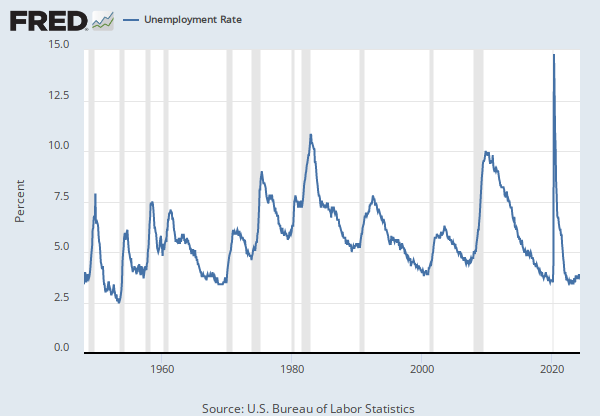Observations
Sep 2025: 159,626 | Thousands of Persons, Seasonally Adjusted | Monthly
Updated: Nov 20, 2025 8:12 AM CST
Observations
Sep 2025:
159,626
Updated:
Nov 20, 2025
8:12 AM CST
| Sep 2025: | 159,626 | |
| Aug 2025: | 159,507 | |
| Jul 2025: | 159,511 | |
| Jun 2025: | 159,439 | |
| May 2025: | 159,452 |
Units:
Thousands of Persons,
Seasonally Adjusted
Frequency:
Monthly
Fullscreen













